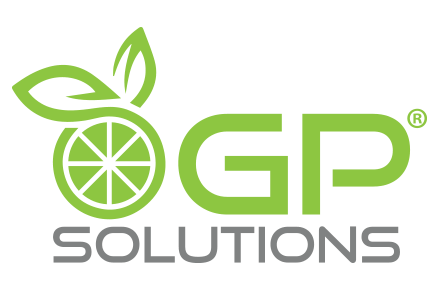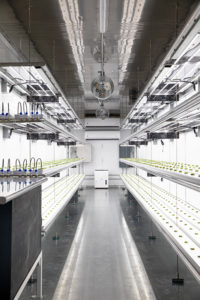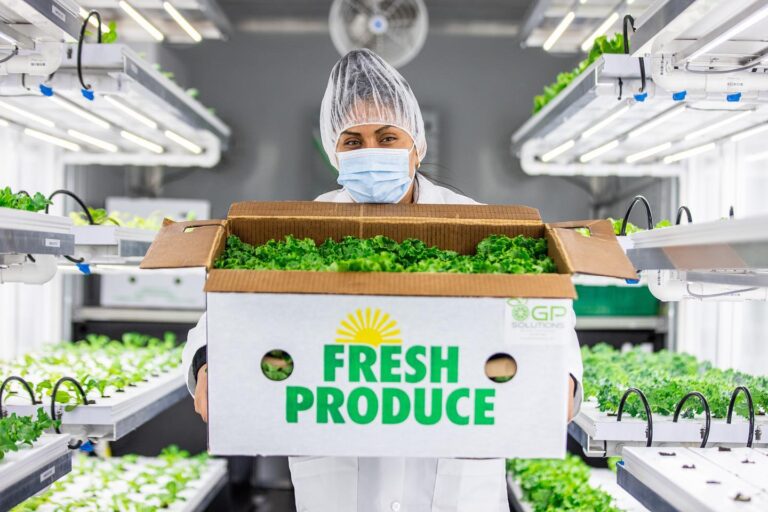The Future of Urban Farming Through GrowPod
Providing Pesticide Free Urban Farming
View the Video
CARSON, Calif. — According to the United States Department of Agriculture, roughly a third of food produced for human consumption is lost either through pesticides, bad weather, transportation, and various other factors.
“These guys are ready,” said Deanna Kennemer of GP Solutions, referring to a row of vegetables grown vertically inside a shipping container.
Urban farming has been on the rise and with good reason. It takes less land, less water, and farmers can grow year-round.
“These greens are called fusion romaine and we planted them about eight weeks ago,” said Dennemer. “They’re ready to be harvested today.”
Cultivated inside modular and stackable shipping containers, these grow pods are designed with the backyard farmer and local restaurant in mind. With much of our food harvested outside of the country and transported hundreds of miles, urban farming can provide locally sourced organic food to city centers as well as disaster areas.
“Okay, it’s all ready to go. Back in its slot,” said Dennemer as she fitted a slot
of vegetables under a water drip.
 Farming could be as easy as plug and play.
Farming could be as easy as plug and play.
“This is a soil-based pod,” said Shannon Illingworth as he showed us around an urban farm fitted for organic farming instead of hydroponics.
He got interested in urban farming when he was infected with E. coli after eating at a restaurant. Not knowing where the food came from, he decided to create a system where the origin of food can be traced with an app on your phone.
“What you see here today is really evolving indoor growing environments to a soil-based product that’s already nutrient enriched,” said Illingworth. “So new growers and existing growers can make it real simple.”
No need for sun or seasons, pesticides or manure.
“As you can see, the plants love it,” said Illingworth.
Farming in the future is looking bright.


 Farming could be as easy as plug and play.
Farming could be as easy as plug and play.




